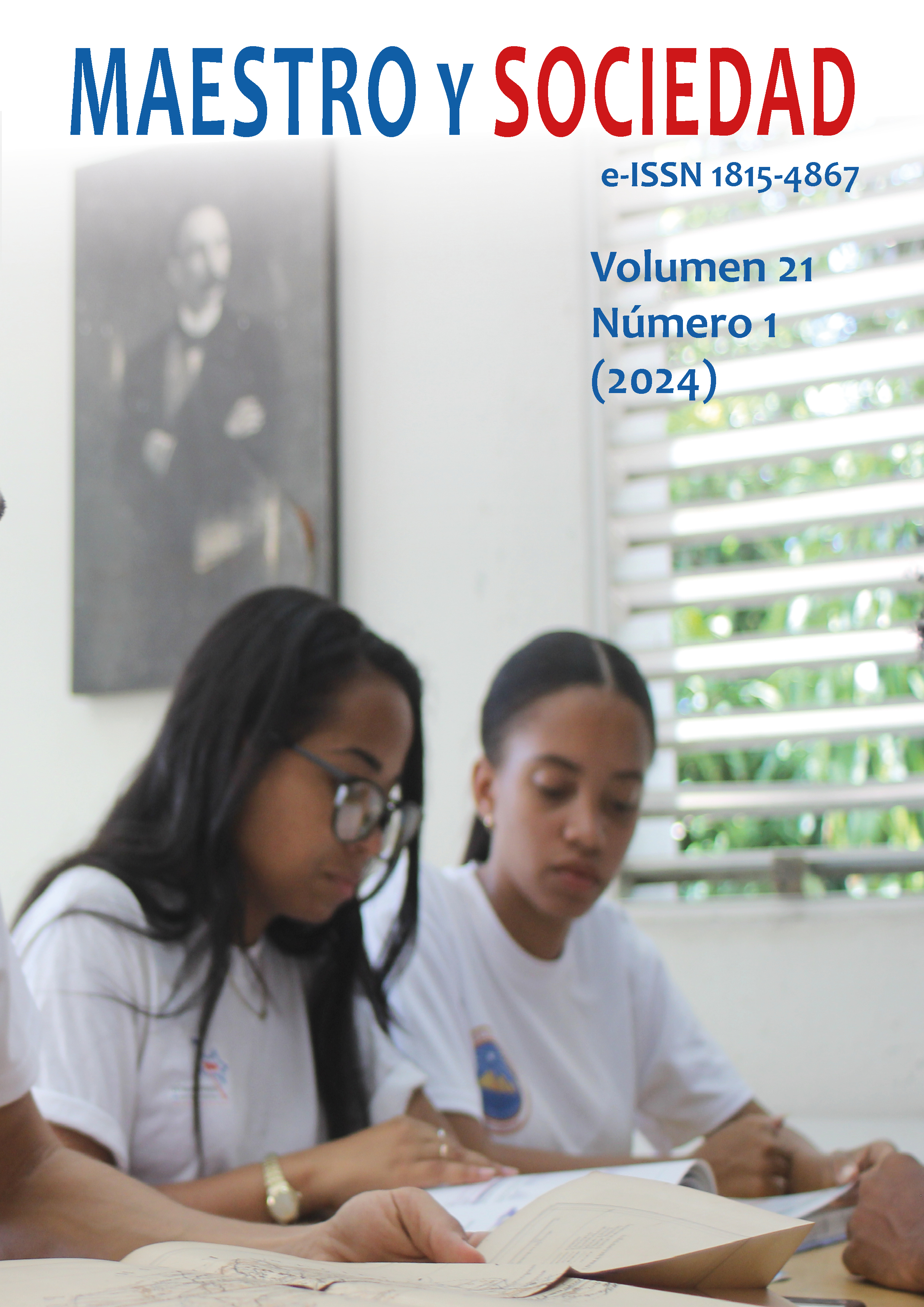Preparation of densified solid biofuels based on sawdust from two forest species and bovine manure for domestic and industrial use in Pucallpa-Ucayali
Keywords:
Biofuel, briquette, bovine dung, sawdustAbstract
Introduction: In the Ucayali region, specifically in Pucallpa, through the wood industry, industrial waste such as sawdust is generated and through livestock activity with the raising of cattle, abundant manure, dung or dung is generated, therefore , it becomes possible to generate types of biofuels with the mixture of sawdust – bovine manure, with different proportions, for domestic use through improved stoves or for industrial use. Materials and methods: The research work was carried out in the Wood Technology and Chemical Transformation of Wood Laboratories, of the National University of Ucayali (UNU), located on the Federico Basadre highway Km. 6,200, Callería district. , province of Coronel Portillo and Ucayali region. In the tests, the experimental method was applied, which consisted of observing and evaluating the properties, characteristics and important traits of biofuels. Results: In biofuels composed of bovine manure and Ceiba pentandra (white lupuna) sawdust, with the increase in manure content, the density increases; resistance to abrasion and compression remain constant; ignition time is increased; the burning time is increased; the ash content increases; the combustion rate decreases; The thermal efficiency remains constant and the caloric value decreases. Discussion: The comparison of the characteristics of biofuels composed of bovine manure and sawdust from two forest species, Ceiba pentandra (white lupuna) (Lb) and Manilkara bidentata (red quinilla) (Qc), reveals a series of significant results, for For example, with the increase in manure content, an increase in the density of biofuels is observed, as well as in abrasion and compression resistance. Conclusions: In biofuels composed of bovine manure and Manilkara bidentata (red quinilla) sawdust, with the increase in manure content, the density and abrasion resistance remain constant; compression resistance and ignition time decrease; The combustion time, ash content, combustion rate and thermal efficiency remain constant and the heating value decreases.
References
Bavera, G. y Peñafort, C. (2006). Alimentación. Cursos de producción bovina de carne, FAV UNRC. https://www.produccion-animal.com.ar/informacion_tecnica/manejo_del_alimento/61-heces_del_bovino_y_relacion_con_la_alimentacion.pdf
Dávalos, R. y Bárcenas, G. (1999). Clasificación de las propiedades mecánicas de las maderas mexicanas en condición “seca” (en línea). Madera y Bosques, 5, 61 - 69. http://www.inecol.edu.mx/myb/resumeness/5.1/pdf/Davalos%20y%20Barcenas%201999.PDF
Instituto Colombiano de Normas Técnicas (ICONTEC). (1987). NTC 2060. Combustibles para uso doméstico.
Instituto de Investigación de Amazonia Peruana (IIAP). (2020). El IIAP. http://www.iiap.org.pe/web/presentacion_iiap.aspx
Macedo, C. (2016). Producción de leche en ganado de doble propósito (cruces europeo x cebú) bajo un sistema silvopastoril intensivo, en Pucallpa. [Tesis de ingeniería. Perú].
Mendoza, J., González, Y., Doria, M., Pedroza Á. y Ruiz, A. (2020). Fabricación de biocombustibles sólidos densificados (briquetas) a base de serrín de acacia y estiércol de bovinos en el departamento de Córdoba. Ingeniare. Revista chilena de ingeniería.
Palo, J., Puma A., Campos, E., Colque, D., Figueroa, I. y Chaupi, L. (2021). Aprovechamiento del estiércol de alpaca e ichu para la producción de briquetas como fuente de energía calorífica en Arequipa. http://www.scielo.org.pe/pdf/tecnia/v31n1/2309-0413-tecnia-31-01-51.pdf
Perú. MINSA. (2009). Uso de leña o estiércol de animal para cocinar incrementa casos de infecciones respiratorias. Nota de Prensa. https://www.gob.pe/institucion/minsa/noticias/38408-uso-de-lena-o-estiercol-de-animal-para-cocinar-incrementa-casos-de-infecciones-respiratorias
Sánchez, M. (2012). Proyección de tratamiento de residuos en el parque ecoindustrial de Pucallpa, Gerencia Regional de Desarrollo Económico – Gobierno Regional de Ucayali. https://www.midagri.gob.pe/portal/download/pdf/especiales/bioenergia/foro-seg-alimentaria/parque_ecoind_pucallpa.pdf
SERFOR. (2017). Anuario forestal y de fauna silvestre. http://repositorio.serfor.gob.pe/bitstream/SERFOR/520/1/Anuario%20Forestal%20y%20Fauna%20Silvestre%202017.pdf
Sibille, A. (2006). Guía de Procesamiento Industrial Fabricación de Muebles con Maderas Poco Conocidas. LKS Editora Argentina S.R.L.
Published
How to Cite
Issue
Section
License
Copyright (c) 2024 Manuel Iván Salvador Cárdenas, Julián Robert Pérez Vigilio, Lenin Vladimir Vargas Villa, Noé Cristian Fachín Vargas, Guillermo Augusto Pastor Picón

This work is licensed under a Creative Commons Attribution-NonCommercial-NoDerivatives 4.0 International License.
This journal provides immediate open access to its content, based on the principle that offering the public free access to research helps a greater global exchange of knowledge. Each author is responsible for the content of each of their articles.



























 Universidad de Oriente
Universidad de Oriente 